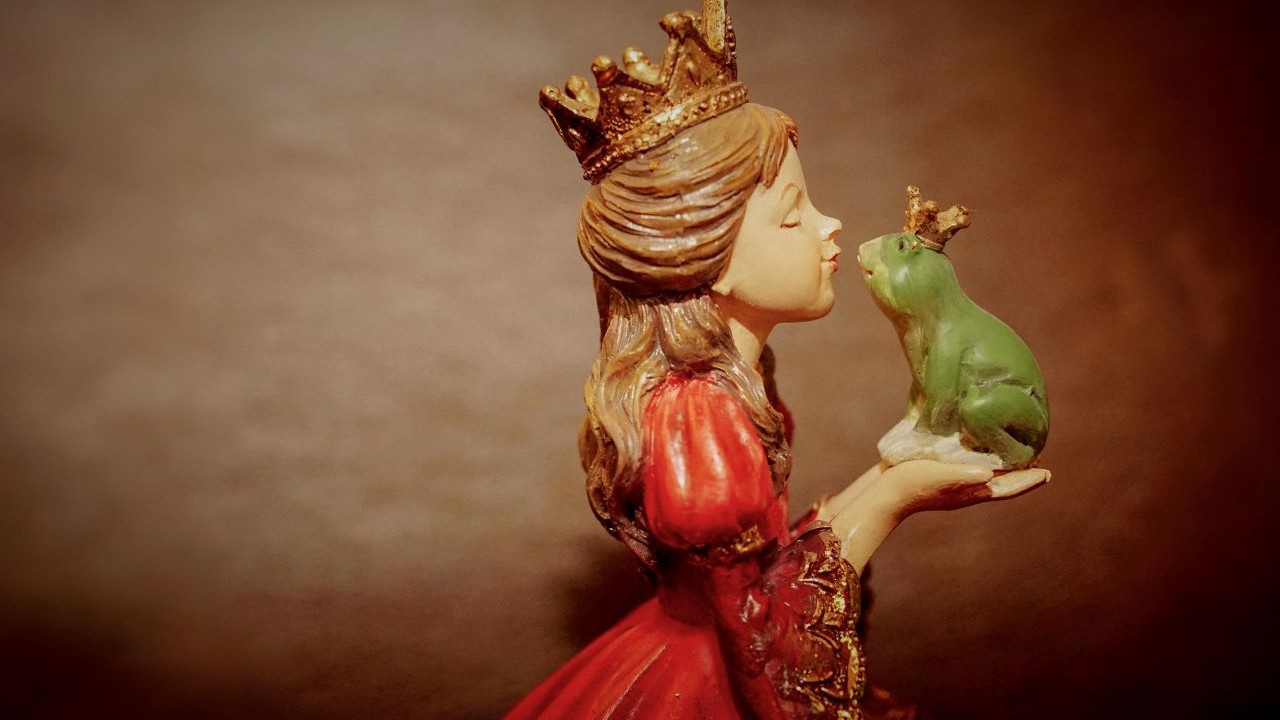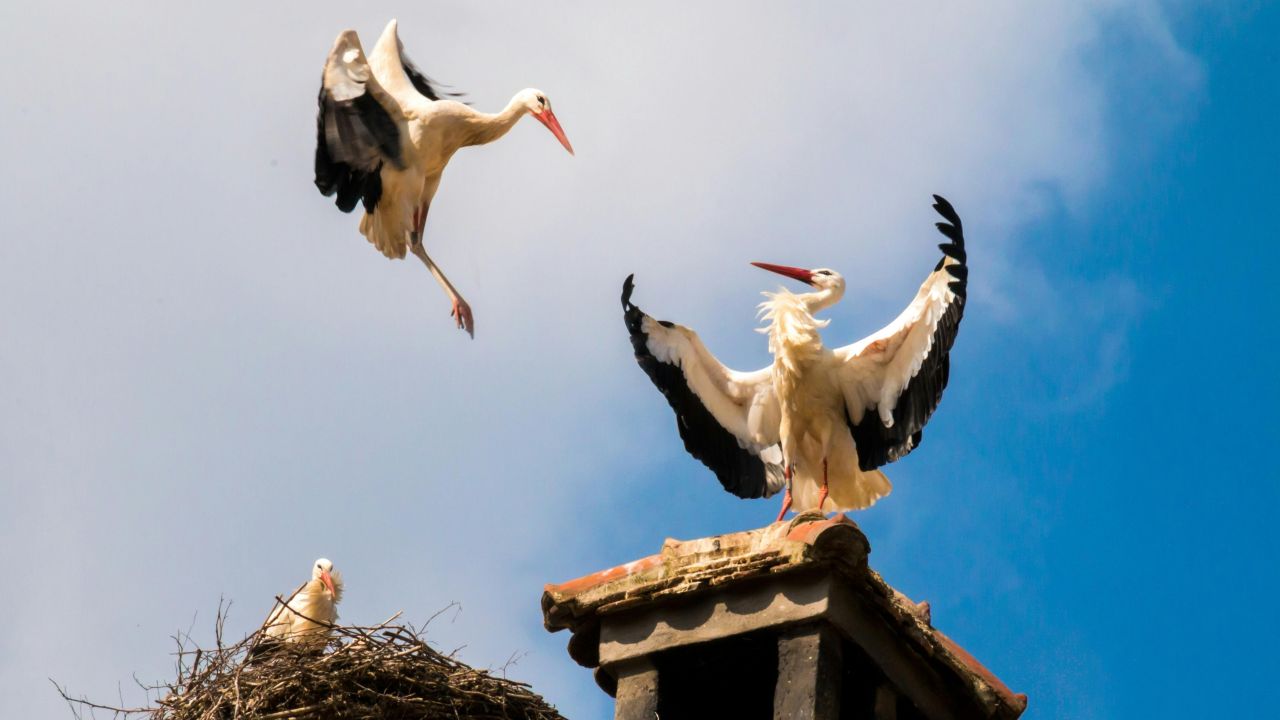Why Did People Tell Children About the Stork?
In earlier times, topics like pregnancy and birth were private, even taboo. Parents wanted a kind, innocent way to explain the mystery of life. The tale of the stork offered a gentle shortcut: a graceful bird brings the gift of life. A poetic, comforting story until the children were old enough for the truth.
Today, many families choose a mix of both – a touch of magic first, then honest, age-appropriate facts. A good reference for modern family communication and sexuality education is the World Health Organization (WHO) guidance on sexuality education.
Why the Stork?
The stork is familiar across Europe: tall, elegant, with a red beak and nests perched on rooftops visible from the village square. It clatters loudly, stays loyal to its partner and returns each spring. All this makes it a symbol of stability, care and home – perfect qualities for the mythical “bringer of babies”.
The white stork is also a protected and much-loved species across Europe. Learn more about its habitat and conservation from the Federal Agency for Nature Conservation (BfN).
Water, Frogs and Fertility Symbols
Storks thrive in wetlands and meadows, wading through ponds in search of frogs and fish. Across cultures, water has always represented origin, cleansing and new beginnings. It’s no surprise, then, that ancient people imagined babies coming from water – with the stork as the messenger carrying life from the depths to the shore.

Fairy tales embraced this imagery too: from “The Frog Prince” to countless stories where water marks the start of new life.
Mythical Children from the Water
The idea that life emerges from water appears in many cultures – from the story of Moses on the Nile to ancient Greek myths and folk tales. It’s an age-old, comforting thought: life begins in the element that sustains all. The stork became the messenger who carries what is hidden into the light.
The Stork in Medieval Symbolism
In the Middle Ages, the stork stood for purity, loyalty and fertility. At the same time, humorous expressions spread: if “you were bitten by the stork”, it meant a baby was on the way. Humour has always been part of the story – making the legend even more relatable.
What Does “Adebar” Mean?
The old German name “Adebar” comes from early High German and roughly means “bringer of fortune”. A fitting title: the stork doesn’t just bring babies but the feeling that something good is entering the home. In many villages, people still place a wooden stork in the garden to celebrate a new birth.
Traditions Around the Stork
When the first stork appears in spring, people instinctively look up – and smile. In many regions, its return is a reason to celebrate. Some towns even keep “stork registers”, while others decorate homes when a baby is born. The stork is more than a bird – it’s part of community life, a ritual, and a quiet way of saying “Welcome to the world.”
A Funny Correlation: Storks and Birth Rates
In the 1980s, statisticians noticed a curious parallel: in regions where stork numbers fell, birth rates declined too. Of course, it’s pure coincidence – but the joke “Fewer storks, fewer babies” lives on. A playful reminder that humans love to find patterns, even when it’s just chance.
From Legend to Digital Platform: RattleStork
The German word “Klapperstorch” is unique and literally means “rattling stork.” We chose our platform name, RattleStork, in homage to that tradition. While the mythical stork once symbolized baby arrivals, RattleStork now provides real support for building families through sperm donation, co-parenting, and modern family planning.

Conclusion
No one believes the stork really brings babies anymore – yet it remains one of the loveliest symbols of life and new beginnings. It reminds us that family comes in many forms, that love sparks curiosity, and that stories often open the door to truth. The rest unfolds when the time is right.

